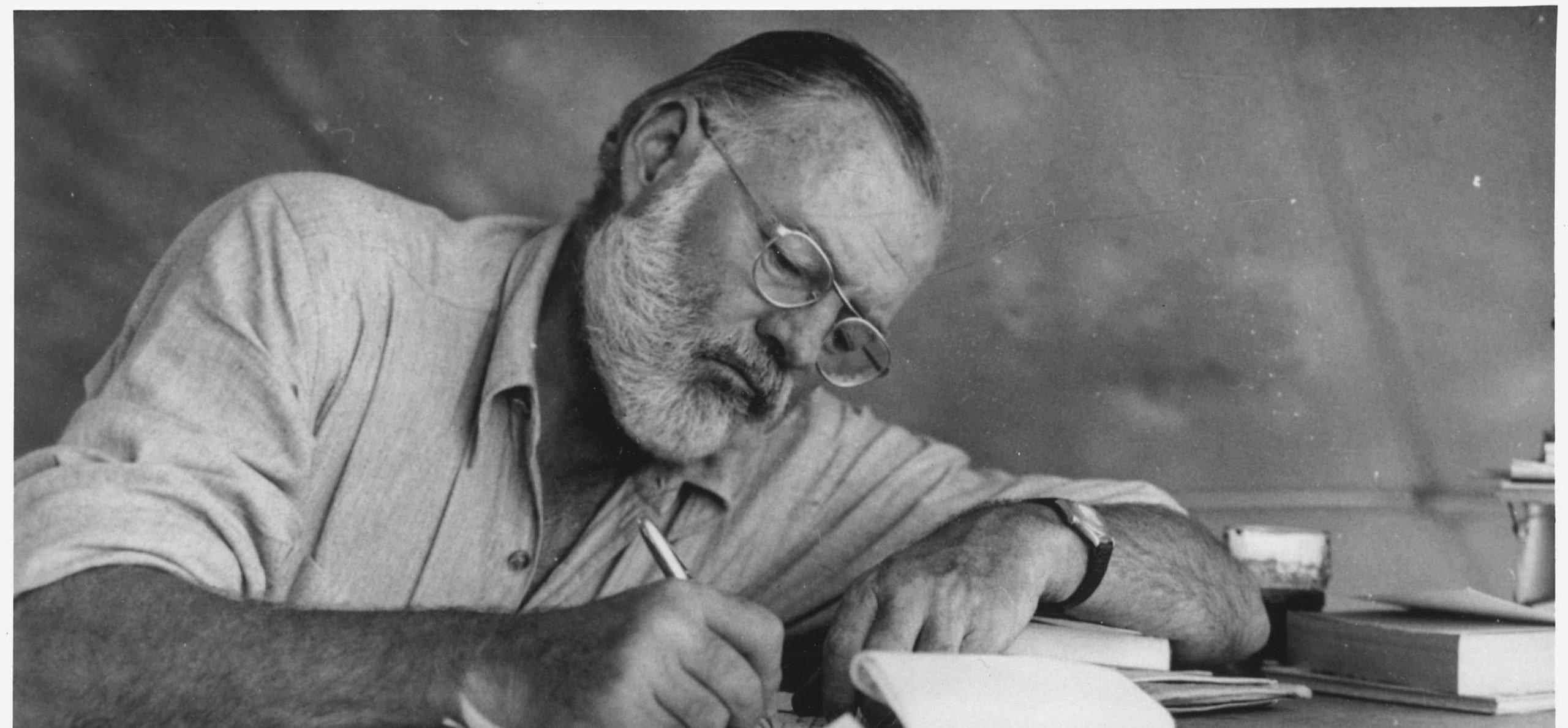The impact of Ernest Hemingway on literature cannot be overstated. He revolutionized the way we perceive dialogue in storytelling. His concise style stripped away the unnecessary and allowed characters to speak in a way that felt real. This minimalist approach to dialogue influenced countless writers who sought to create authenticity in their work. For those looking to explore more about his writing techniques or find inspiration there is a wealth of resources available in digital libraries like z library se. They offer access to many literary works and analyses that highlight Hemingway's techniques.
The Minimalist Approach
Hemingway believed that the most powerful dialogues were those that were simple and direct. He often used short sentences and avoided embellishments. This technique creates tension and reveals character traits through what is said and what remains unspoken. By allowing readers to infer meaning Hemingway invites them into a deeper engagement with the text.
This approach also challenges writers to think critically about their dialogue. It encourages them to focus on essential words that convey emotion and intention. Through this method conversations come alive and become more dynamic. Hemingway's influence can still be seen in modern writing where brevity often trumps verbosity.
Subtext in Dialogue
Another significant element of Hemingway's style is the use of subtext. His characters often engage in conversations filled with underlying tension. This technique adds depth to dialogues and reflects real-life interactions where individuals do not always express their true feelings. For instance a character may discuss the weather while hiding deeper emotions related to a recent loss.
Writers can learn to craft dialogue that reveals character motivations through what is left unsaid. This not only enriches the narrative but also allows readers to engage more deeply. Here are key points on employing subtext in dialogue:
- Create conflict through disagreement
- Use silence as a tool for tension
- Introduce double meanings in conversations
- Reveal character traits indirectly
- Create emotional layers through implied statements
Understanding these aspects helps writers craft conversations that resonate more authentically with readers.
Dialogue as Character Development
Hemingway's characters are often defined by their speech patterns and word choices. Their dialogues reveal their backgrounds personalities and relationships. This connection between dialogue and character development is essential for creating believable and relatable characters.
Writers can study how Hemingway develops his characters through conversation. By paying attention to how characters speak and interact they can create distinct voices. This technique not only enhances character depth but also serves to propel the story forward.
Legacy of Hemingway's Dialogue
The legacy of Hemingway's dialogue continues to shape contemporary writing. Many authors strive to capture the same authenticity and depth that Hemingway mastered. Understanding his techniques provides invaluable insights into creating meaningful conversations.
As writers explore the art of dialogue they may find that Hemingway's methods offer a solid foundation. Engaging with his works can provide inspiration for crafting dialogues that not only convey information but also enrich the narrative. Hemingway's influence remains strong reminding us that the art of dialogue is not just about what is said but also about how it is said.

